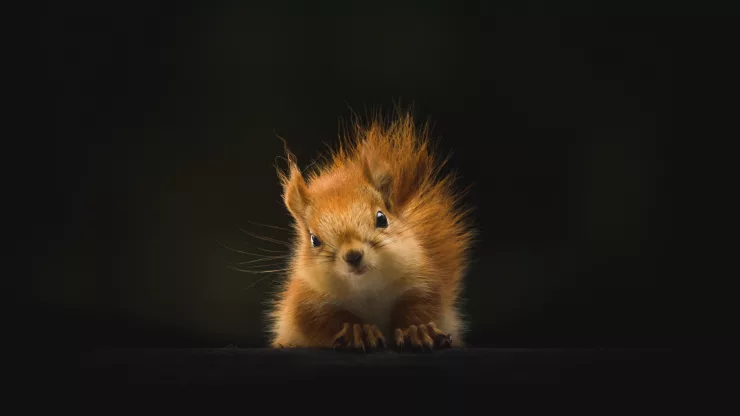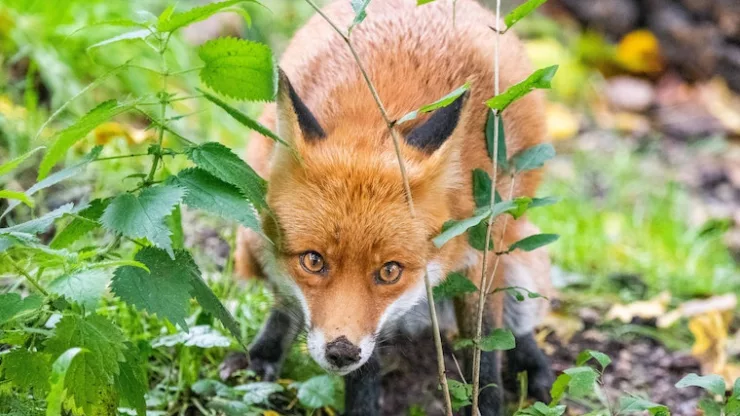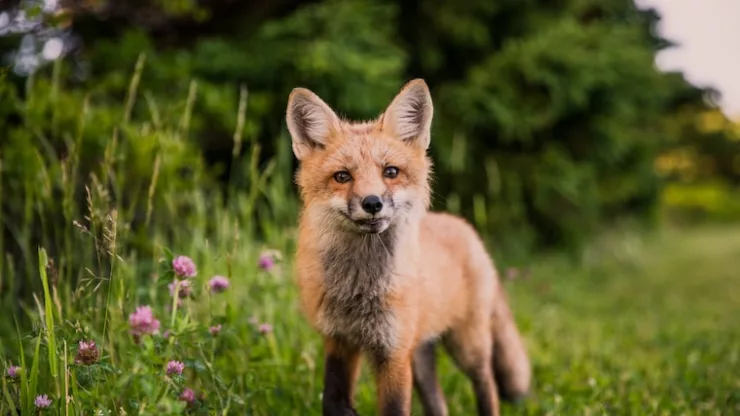Urbanization has led to the loss of wildlife habitats and biodiversity, causing negative impacts on the environment and human well-being.
However, a new approach to city design, known as "urban planning with wildlife in mind," is emerging to create sustainable urban ecosystems that promote biodiversity and human well-being.
This approach is gaining traction among urban planners, architects, and policymakers, who recognize the importance of integrating nature and wildlife into the built environment.
Jump to Section
Urban Planning with Wildlife in Mind
Urban planning with wildlife in mind aims to create urban ecosystems that support wildlife habitats and promote biodiversity.
This approach involves incorporating ecological principles and understanding the needs of wildlife into the design and planning of urban areas.
It also considers the interactions between humans and wildlife and how they can coexist in the same space.
A New Approach to City Design
Urban planning with wildlife in mind is a new approach to city design that challenges the traditional model of urban planning.
The traditional model prioritizes economic growth and urban development at the expense of environmental quality and wildlife habitats.
In contrast, urban planning with wildlife in mind recognizes the importance of nature and wildlife for human well-being and aims to create sustainable urban ecosystems that benefit both humans and wildlife.
Creating Sustainable Urban Ecosystems
Creating sustainable urban ecosystems is a key goal of urban planning with wildlife in mind.
This involves designing urban areas that support the natural processes and functions of ecosystems, such as water filtration and carbon sequestration.
It also involves creating habitats for wildlife, such as green roofs, green walls, and urban parks, that support the biodiversity of the local area.
Promoting Biodiversity and Human Wellbeing
Urban planning with wildlife in mind aims to promote biodiversity and human well-being.
By creating sustainable urban ecosystems that support wildlife habitats and natural processes, it can improve air and water quality, reduce noise pollution, and enhance the aesthetic value of urban areas.
It also promotes opportunities for recreation, education, and community engagement with nature, which can improve mental and physical health.
FAQ
How does urban planning with wildlife in mind benefit wildlife?
Urban planning with wildlife in mind benefits wildlife by creating urban ecosystems that support their habitats and natural processes.
This includes creating green roofs, green walls, and urban parks that provide habitats for wildlife and support biodiversity.
It also involves designing urban areas that incorporate ecological principles and understanding the needs of wildlife.
How does urban planning with wildlife in mind benefit human well-being?
Urban planning with wildlife in mind benefits human well-being by improving air and water quality, reducing noise pollution, and enhancing the aesthetic value of urban areas.
It also promotes opportunities for recreation, education, and community engagement with nature, which can improve mental and physical health.
How can urban planning with wildlife in mind be implemented in existing urban areas?
Urban planning with wildlife in mind can be implemented in existing urban areas through retrofitting and adaptive reuse.
This involves incorporating ecological principles and creating habitats for wildlife in existing buildings and infrastructure.
It also involves redesigning urban areas, such as streets and parking lots, to incorporate green infrastructure and support biodiversity.
I’m a nature enthusiast and creator of Metro Wilds and have spent years exploring the great outdoors.
With a passion for environmental conservation and sustainability, I have dedicated my career to writing about the beauty and wonders of nature, as well as the threats facing our planet.
Contact me at [email protected] for assistance.





